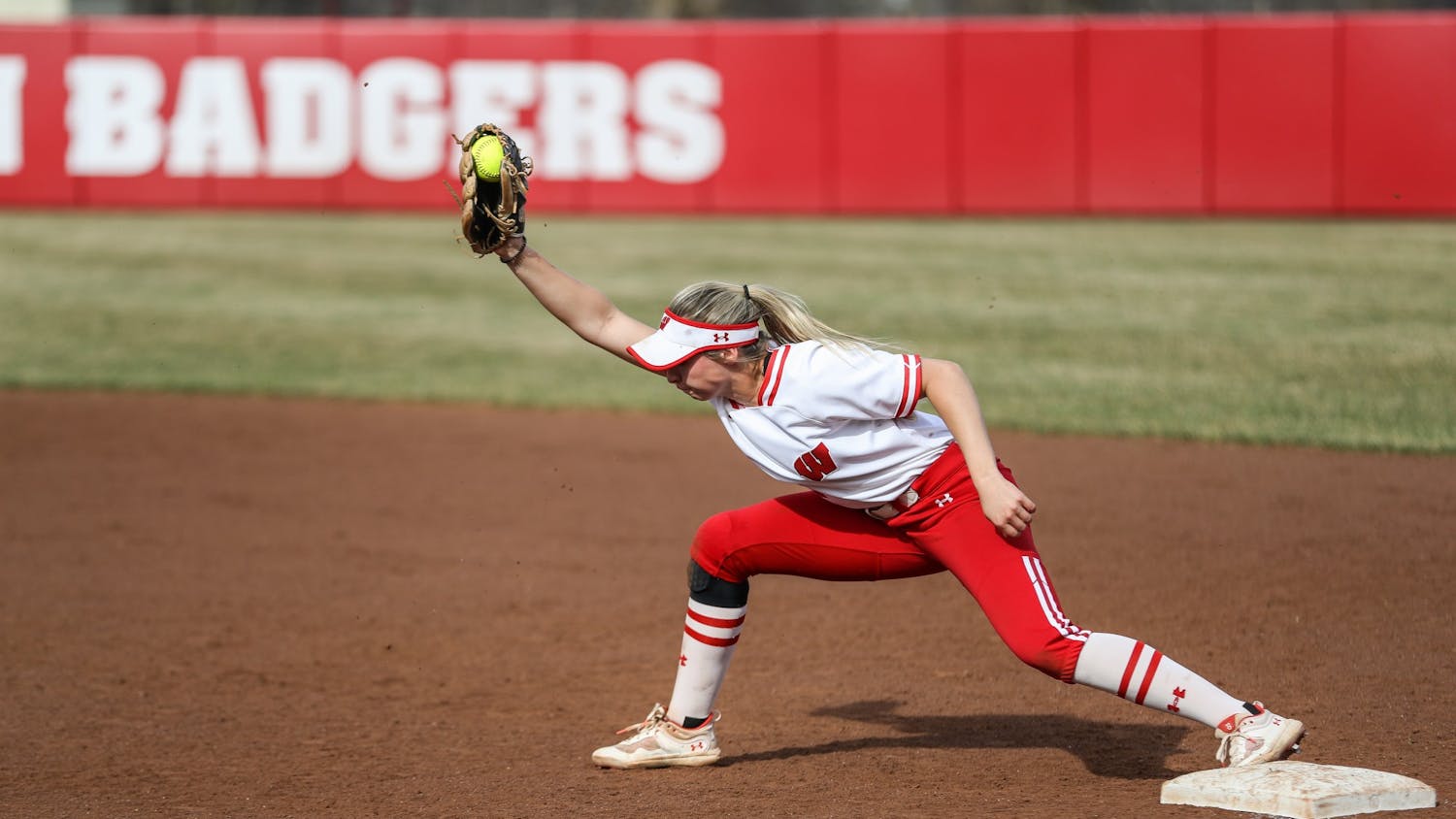Six months ago, I started a self-imposed hiatus from writing as I began my semester in Italy. Having consumed all the carbohydrates I can reasonably eat and said “alora” more times than you can count, however, I’m back. No ordinary issue would have been sufficient to awaken “Unopinionated” from its slumber. This is a topic very near and dear to my heart.
For the past several years, on one frantic morning, Wisconsin football tickets have gone on sale to students. In a time-honored tradition, these brave football fans have rolled out of bed, logged into as many internet-connected devices as they could find, and anxiously stared at their screens in the hopes of winning the right to buy their set of vouchers. Some students inevitably would end up disappointed, but many of them came away satisfied, excited for another year of jumping around and definitely getting there in time for kickoff.
Last year, however, was even more stressful for all involved. The new website for purchasing tickets had myriad issues as a result from the high traffic, making many nervously wait for hours before finally giving them their tickets. I remember receiving constant messages and calls from people, making sure the issues weren’t just their own internet acting up. Clearly, something had to be done.
Last Friday, in an email sent out to all students, the solution was unveiled: a panacea sure to cure the ills of the system. Starting this year, there will be one day during which students with junior or senior standing can purchase tickets. The next day, those with freshman and sophomore standing will do the same. This will likely ease the strain on the website. Furthermore, the email was certain to assure the reader that “An equal number of student football season tickets will be available for purchase during each day of the undergraduate student sale.”
Seems fair, right?
Wrong.
Even a cursory consideration of this plan reveals a serious flaw in it: The numbers do not add up. According to the university’s “Enrollment Facts at a Glance” for the Fall 2017 semester, around 5000 freshmen, 6500 sophomores, 7650 juniors and nearly 11,000 seniors constituted the undergraduate student body. Assuming similar numbers next year, that would mean that nearly 18,650 students will vie on the first day for the same number of tickets that 11,500 students will purchase on the second. Put in percentages, the 62 percent of students who are considered juniors and seniors would have the same number of tickets available as the younger 38 percent.
This should be a legitimate cause for concern for older students, who will have at least 64 percent more competitors than their younger counterparts, if numbers remain essentially the same from last fall to this upcoming one.
Before writing this column, I decided to contact the ticketing office to be sure I wasn’t jumping to any incorrect conclusions. I emailed and asked whether or not sophomores with junior standing would be included in the junior class, and whether or not that meant that demand will be higher on the first day than the second (although the supply is staying the same). After four days, I received a concise reply: “Hello, this is correct. Please find more information here,” followed by a link to the page on the Athletics site explaining the policy — a page I had already visited numerous times to be sure I wasn’t mistaken. The decision-making process behind this choice wasn’t explained to me, nor was there an effort to assuage any fears about not getting tickets.
While some universities make it easier for older students to purchase tickets (or receive better seats) than the younger ones, I don’t know of any that do the opposite, punishing those with higher standing simply because they have been in school longer. If this is truly the way the system works, it will serve as an affront to those who have already been loyal fans for several seasons.
I will not make assumptions about the rationale of the change or the considerations that went into it, but at the moment, there are some serious issues with this new system — or at least there appear to be. The athletic department should address these problems and explain whether or not some students will have a much higher chance at getting tickets than others, as their messages have implied — and if so, why.
Potential alternative solutions abound: The system could have listed students alphabetically and divided them in half, or even randomly assigned students one of the two purchase dates. The current plan, however, is insufficient: It gives an unfair advantage to the younger students. If this argument is somehow mistaken, however, this should also be explained. Either way, the students of UW deserve better — no matter what time they show up to the games.






